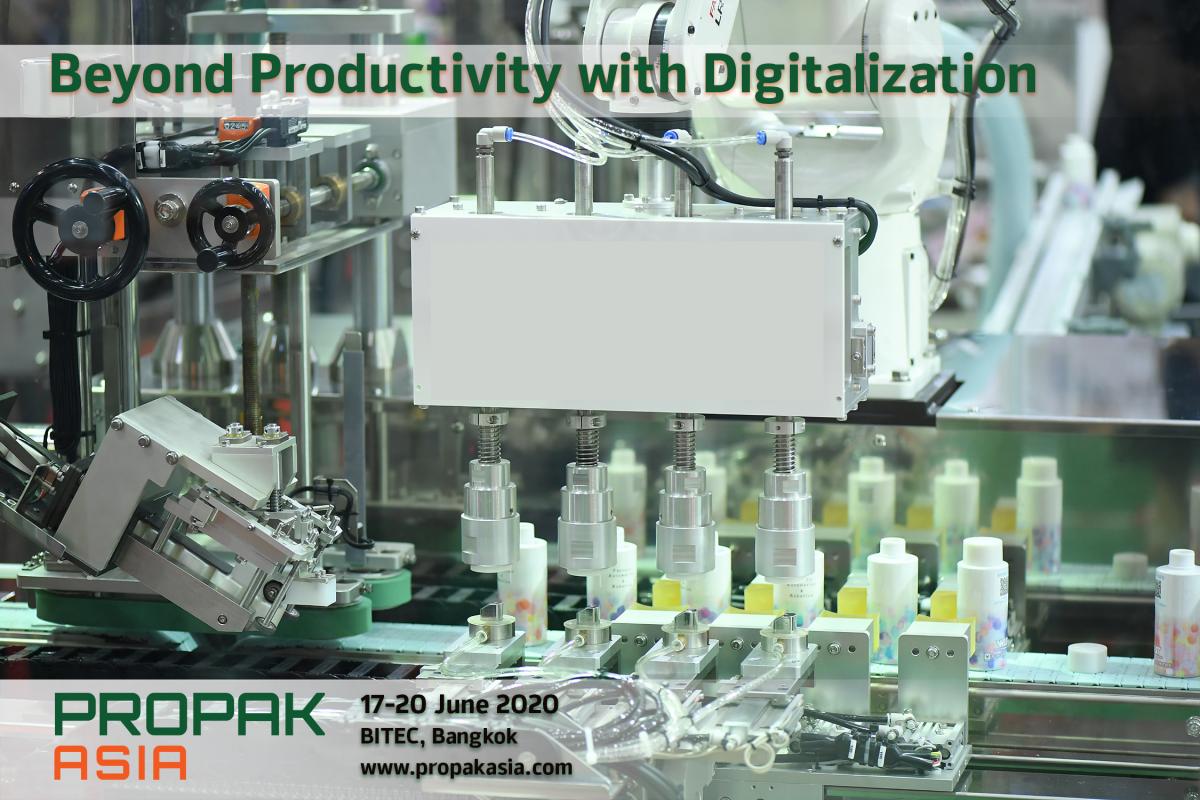
The demand for processed foods and the production volume of food and beverage products is increasing in conjunction with the current rise in disposable income and changes in consumer preferences. As such, the global food processing equipment and food robotics market are also growing to meet these demands.
The food and beverage processing equipment market was valued at USD 51 billion in 2018 and is forecasted to reach a value of USD 87.8 billion by 2025 with annual growth rate at 7.0%1. Meanwhile, the global food robotics market is projected to reach USD 3.1 billion by 2025 with around 12.7% growth per year2. The most significant growth can be seen in Asia due to a shift in food consumption patterns and increased investment from major regional food and beverage manufacturers to increase their yield and minimize production costs.
China and India are two of top three largest food producing countries in the world. With huge areas and growing populations, both have developed the capabilities to produce more food than the entire EU combined. In addition to these two agricultural giants, other Asian countries also play a significant role as prolific producers of essential foods especially Asean countries. Indonesia is the world’s largest exporters of coconuts3 while Vietnam and Philippines is ranked second in export of coffee4 and bananas5 respectively. Thailand is also major exporting country of rice (2nd rank)6, sugar (2nd rank)7 and frozen chicken (6th rank)8. However, these primary products are not high in value. Many countries in Asia, therefore, turn to focus more on food processing in order to gain more product value. Technology adoption and automation will be their keys to achieve this goal.
Automation has become an essential part of the regional food industry over the past few decades. It is now more important than ever for overcoming challenges in meeting demands for more food, safer and higher-quality food and more sustainable food. Food manufacturers focusing on highly automated and advanced equipment can provide greater efficiency and speed while also saving time and energy.
Food and beverage manufacturers can also take advantage of the digital revolution through restructuring their value chain or embracing virtualization to capitalize on the power of the Internet of Things (IoT). Digitalization allows the food and beverage industry to have improved productivity and legislative compliance through transformation in areas such as connectivity, smart sensors, traceability, cloud computing and monitoring. The shift toward digitalization is a must for leading food and beverage companies to maximize their production efficiency and respond to ever-changing consumer demands.
The food and beverage industry is also the next likely target for disruption, with the best practices for manufacturers to minimize overall impact to be found in shifting toward digitalization through the adoption of innovative technology. Come to experience and see how these innovations hold the key to your future success at ProPak Asia 2020, held from 17-20 June at Bitec, Bangkok.
For more information about the ProPak Asia 2020 Exhibition, please visit www.propakasia.com

Additional Information:
ProPak Asia 2020 at a glance:
Date: 17 – 20 June 2020 (Wednesday – Saturday)
Time: 10:00hrs – 18:00hrs
Venue: Bangkok International Trade & Exhibition Centre (BITEC)
Off White X Max 98














